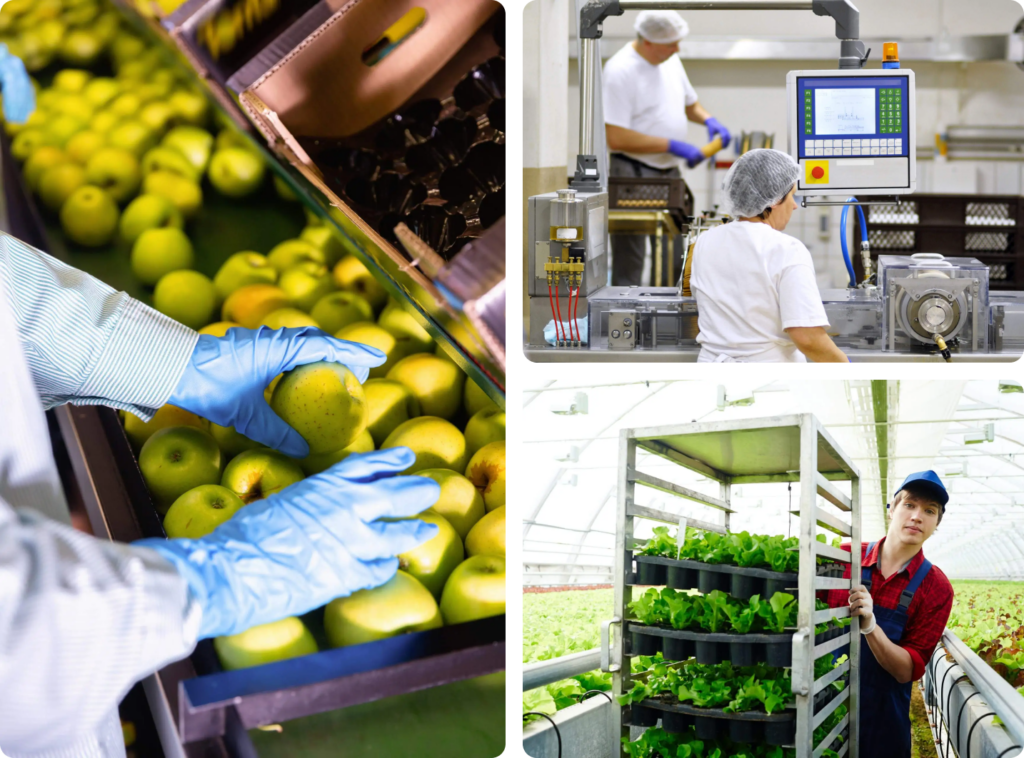

Follow along in these guided self-paced eLearning modules curated by industry experts and professionals in food safety.
Sanitation verification is at the heart of food safety and quality. This course covers the most effective verification methods, including visual inspections, chemical and microbiological testing, and ATP testing. These methods are critical for maintaining both preoperative and operational sanitation standards, ensuring their effectiveness and safety throughout each stage of production.
Identify characteristics of allergens, lists responsibilities of various departments within the organization, and give a clear road map to proper legislative compliance and active management of allergens within a facility across all functions.
This course provides the basics behind food safety control systems to the extent that trainees will be able to recognize and help ameliorate food safety hazards throughout the entire production process.
This course is designed to illustrate the critical role environmental monitoring and sampling plans play in food and beverage processing. Content in this course is curated for those who are responsible for designing, updating, and implementing the elements of an environmental monitoring program in their facility or company.
Topics include dry and wet cleaning methods, as well as the types of soils in a food facility and the chemicals and methods required to effectively remove soils and microbes to assure hygienic conditions of the processing equipment and the processing environment.
Taking environmental surface samples is a very common practice in a food processing facility and is used by the organization to determine whether a processing environment has been effectively cleaned, to determine if pathogens are present in the processing environment, and is considered a verification procedure for the site’s sanitation plan.
Maintaining a high standard of hygiene in the workplace is essential for the health and safety of employees and the overall success of any organization. This course is designed to equip employees with the knowledge and practical skills necessary to ensure a clean and